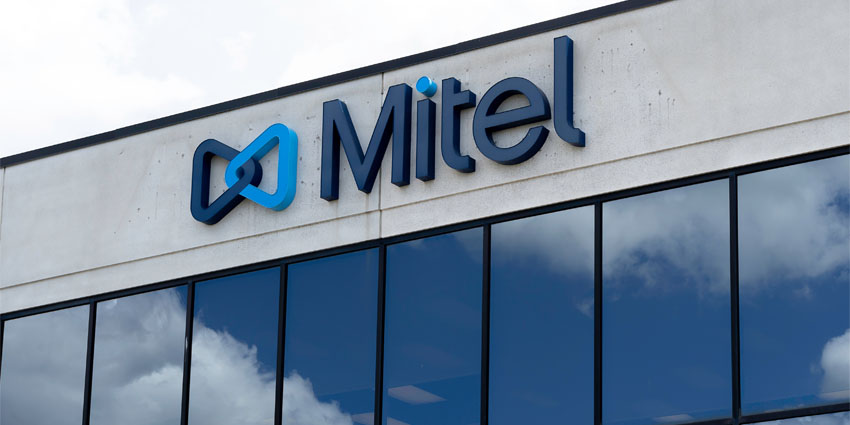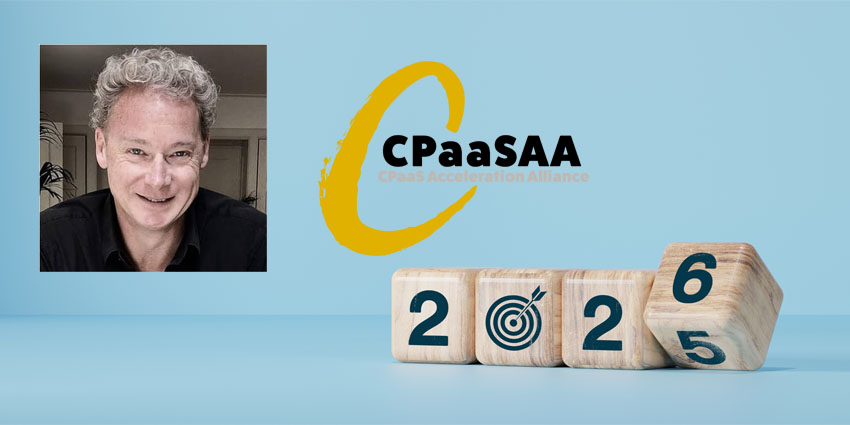Actions speak louder than words.
Accompanying the news that Mitel was entering bankruptcy to reform its finances was the steadfast assertion that it wouldn’t spend long in the quagmire. Following a swift and quietly executed Chapter 11 process, Mitel has emerged with a significantly leaner financial structure, a refreshed strategic outlook, and a bold promise: to lead the charge in secure, flexible, and AI-powered hybrid communications.
Mitel’s actions certainly fulfilled its promise in that regard.
It has reduced its debt by roughly $1.15 billion, lowering annual interest payments by $135 million, and secured $125 million in new funding, affirming that these changes bolster its financial flexibility and will enable investment into its strategic goals of hybrid infrastructure and AI-powered services.
For IT leaders and long-standing channel partners, the announcement is as much a relief as it is a moment of scrutiny. While Mitel’s leadership speaks of renewed momentum, reduced debt, and a sharpened product vision, the key question persists: What does this mean for the organisations that depend on Mitel today and those weighing whether to continue that journey tomorrow?
In an exclusive conversation with Mitel CMO Eric Hanson, UC Today digs into the company’s future, what’s changing (and what’s not), and why the brand believes its best days are still ahead.
Rebuilding Trust: What Customers and Partners Should Expect
While Mitel was transparent with the Chapter 11 process, customers and partners might be understandably hesitant about re-engaging with the company following its financial challenges. Did Hanson have any direct message of clarity and reassurance for these parties?
“First, I’d say thank you,” Hanson replied. “The support from both customers and partners throughout this process has been incredible.”
“Just this morning, I spoke with a major European customer in the insurance sector. They’ve recently signed a $5 million contract with us, and they were genuinely enthusiastic about the news. What stood out to me was their feedback: ‘You told us what would happen, you said it would be swift and structured—and it was.'”
Hanson emphasised that Mitel had heard similar sentiments at a partner event in the UK last week, where Mitel’s transparency around the process resonated.
“We committed to a pre-planned path, and we delivered, first with our confirmation hearing in April, then with all the necessary regulatory approvals,” Hanson stressed.
This reset gives us a stronger foundation to accelerate our business strategy, which is centred on driving partner and customer value, especially in hybrid communication environments across high-demand industries and regions. Our capital structure had become a constraint, but now we’re full speed ahead.”
Hanson suggested this financial reset creates a new opportunity, specifically on the channel side. Has it changed Mitel’s approach to partner strategy?
“It’s sharpened our focus,” Hanson said. “Mitel and Unify each had distinct partner models; different badging, entitlements, geographic coverage, and vertical strategies. A big part of our business optimisation has been integrating these into a single, coherent program.”
Mitel has been working on a new partner program that will roll out in the next month. It aims to reflect what its partners have told it they need to grow and effectively support their customers.
“In terms of overall strategy, we remain very committed to a mixed model,” Hanson continued. “In some geographies and verticals, our business is primarily partner-led; in others, especially with large enterprises in Europe, we have a strong direct presence. These models complement each other and give us flexibility to meet customers where they are.”
While the financial restructuring frees up Mitel to focus on its long-term strategic and product ambitions, what about the immediate tangible impact on Mitel’s current product portfolio and roadmap?
“Even before we entered this process, we had begun executing a dual-track strategy following the Unify acquisition; on one hand, driving growth, and on the other, optimising the business,” Hanson said.
“That included rationalising our portfolio between Mitel and Unify and dealing with a capital structure that dated back to the 2018 take-private transaction. A good example of our approach is our MCX offering, which brings together the best of both companies into one solution.”
Hanson affirmed that for customers, this means continuity and progress. “We’re committed to providing a logical path that integrates our technologies to create experiences that serve the entire workforce, not just desk-based users or contact centre agents, but also field workers and operational teams who rely on advanced UC capabilities,” he added.
Hybrid Ambitions and AI Aspirations: What Comes Next?
The restructuring is pitched as being integral to Mitel’s ambition to stabilise its capital structure and align its financial model with long-term strategic goals. Mitel stresses that its improved balance sheet better positions it to serve existing enterprise customers while pursuing innovation in areas such as AI-powered contact centres, hybrid communications platforms, and industry-specific solutions.
Looking at the broader strategic picture, particularly in a market dominated by cloud-first narratives, how does Mitel position itself, given its hybrid legacy and infrastructure-led customer base?
“There’s a growing realisation in the market that ‘cloud’ doesn’t mean one-size-fits-all,” Hanson suggested. “Many organisations, especially in healthcare, public sector, defence, and energy, want the flexibility of the cloud, but with the control and resilience of private or dedicated instances.”
Notably, the cost gap between public and private cloud has narrowed significantly, which Hanson noted makes these options more viable. He highlighted that Mitel is seeing rising demand for hybrid and multi-cloud deployments, not just in communications but also in AI. “Our strategy is to deliver flexibility without compromise: modern experiences with the control customers need for survivability, compliance, and data sovereignty,” he continued.
That includes focusing on verticalisation and targeting specific industries with tailored offerings as a key differentiator for the business in such a saturated and commoditised market.
However, as Hanson noted, many complex industries share common use cases, even if they use different terminology.
Our goal isn’t to be just a product company, but a solutions provider. That includes our hybrid client collaboration with Zoom, and it hinges on having strong professional services, whether delivered by Mitel or our partners, to adapt solutions to each business’s unique needs.”
“We’re not building one-off bespoke systems for every customer, but we are focusing on solving real business problems that generic platforms often can’t. That’s where Mitel really excels, especially for larger, distributed organisations with demanding requirements.”
This growing emphasis on hybrid deployments and AI will naturally impact Mitel’s roadmap in the near-to-medium term.
“We think about this in terms of ‘workforce experiences,'” Hanson said. “Yes, AI is part of the conversation, as it is everywhere, but for us, it’s not just about AI for AI’s sake. It’s about enabling better business outcomes.”
“For example, many customers are asking: how can we boost productivity with the people and tools we already have? Our answer includes innovations like Workflow Studio, a low-code/no-code platform designed to integrate communications with business processes.”
Crucially, that’s not limited to contact centres. Hanson outlined that it’s about extending intelligent automation and communications workflows across entire organisations, whether in command-and-control scenarios, field services, or regulated industries.
“We’re focused on enabling smarter, more integrated experiences that align with how people actually work,” Hanson added.







